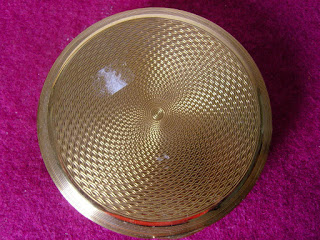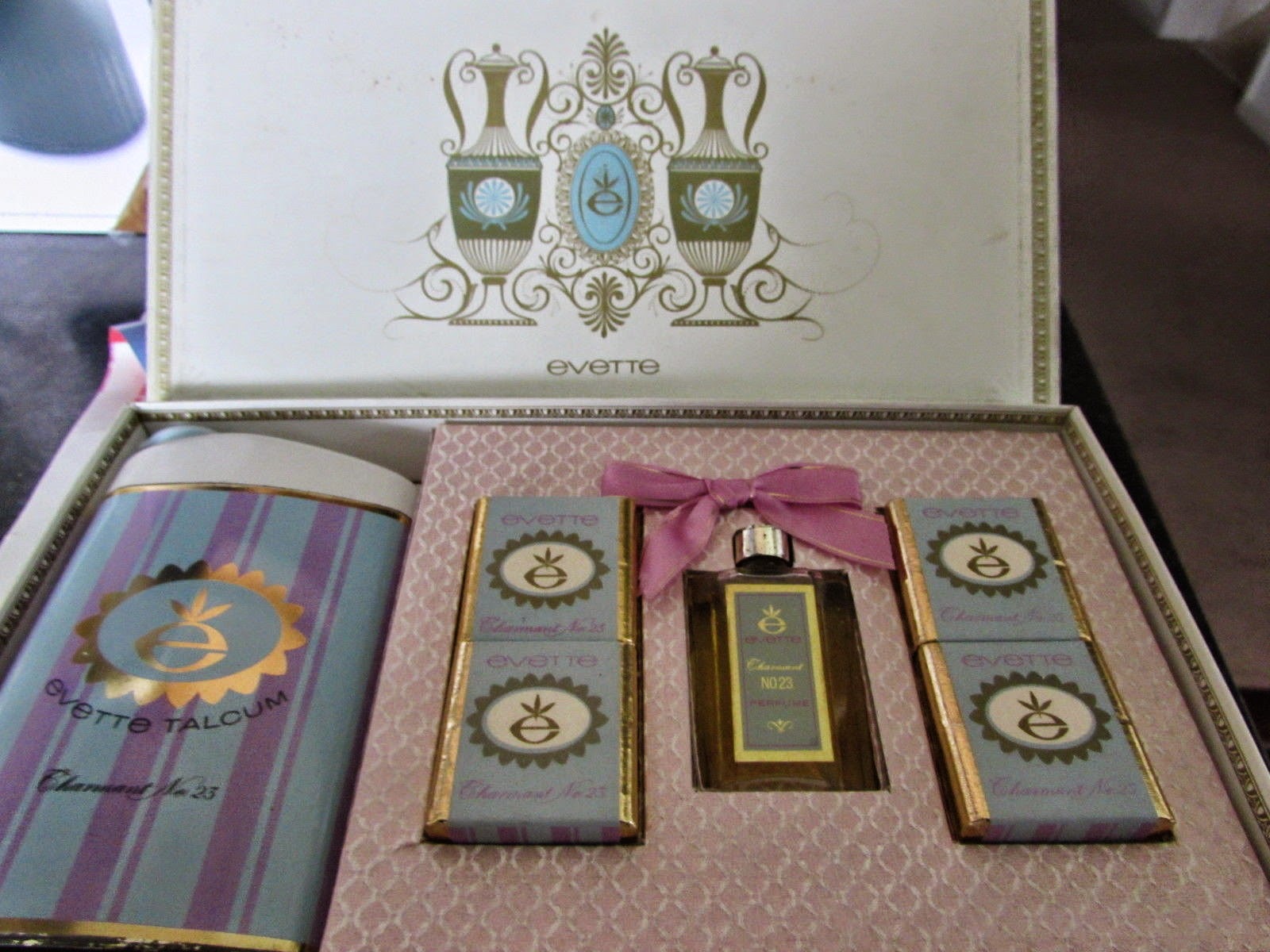I never worked in The Mill, however, the following information comes from someone who did work there from late summer, 1983.
“I became a mould injection machinist with ‘top rate’ bonus. We pressed all the different combs here, along with the ‘form-ins’ that the Riverside works used in the gift sets etc. These form-ins were made on the vac former machines at the annexe to the mill. These were HUGE and gave off a lot of heat – lovely in winter, unbearable in summer. I recall it was 94 F outside, but a thermometer showed it was 135 F near the vac formers! Part of our duty as a ‘ top rate’ machinist was to train new operators of said machines. The mould injectors were awesome in size, and very long. There were 13 machines in all – but they avoided using the number ‘13’ by having a 12 a next to machine 12 . Only two girls (me and another girl) could keep up with the (then) ultra fast machine 6 which was often used to press coat hangers for Woolworths.
Some of the smaller maroon coloured cases were also pressed there, along with the ‘dreaded’ single eye shadow singles bases. These were done on the slowest machines. We used to moan and groan when rostered onto these machines. The single bases, I say were dreaded, as these had to be counted as you dropped them into a clear huge plastic sack – there were literally thousands in one bag. One day, a bag of these were on a table ready to be sealed. I came along and tripped on something, grabbed the bag as I was going over in panic,then they hit the floor with a wave of massive noise with me falling on top of them lying flat on the floor. Well !! I have never laughed so much in all my life … The cases were gold blocked ,at the opposite end of the Mill, with the ‘Evette’ brand on the clear plastic lids. A lovely old lady, used to operate the machines for this task.
I loved my time at the Mill – and the people who worked there. The Mill was shut down in the mid 80’s and the girls were sent back to Riverside.
I do believe the Mill was haunted! In times of old, it was a wool mill with looms etc. There were actually evidence of Victorian graffiti in the main doorway – i.e. names, initials and dates – very fascinating. The aforementioned ghost was said to be of a man who had issues with the mill owner many years ago. He was said to have hung himself in the annexe where the vac formers were – actually the fitters tool room to be exact. The girls did, indeed, have strange experiences on machine 13 (12a). This was the machine nearest the annexe – normally, the feeling of someone standing behind you whilst you worked was commonly experienced. I do believe they had a name for the ghost (never seen), but I cannot recall it. The atmosphere was certainly different and subdued in that area as opposed to elsewhere … a riot of laughter normally”.
Many thanks indeed to the lady who sent me all of this information.
Checking out historical records, the building was never actually a woollen mill – it was built in 1865 (alongside the maltings) as a steam driven corn mill – eventually replacing the windmills on Windmill Hill (Bury Road), but this should not detract from the stories about the hauntings as it WAS a mill (albeit corn, not wool).

























































.JPG)
.JPG)
.JPG)





